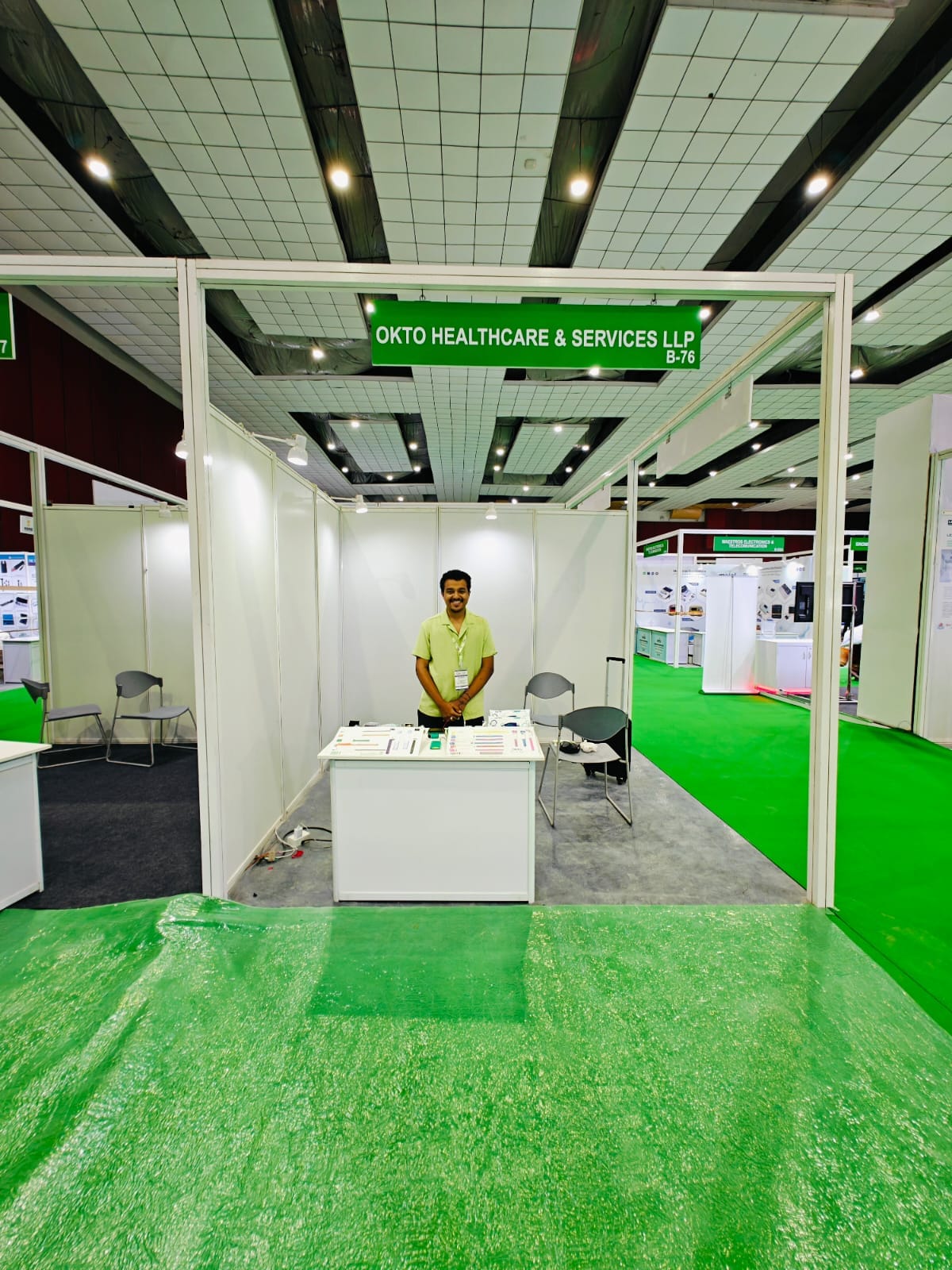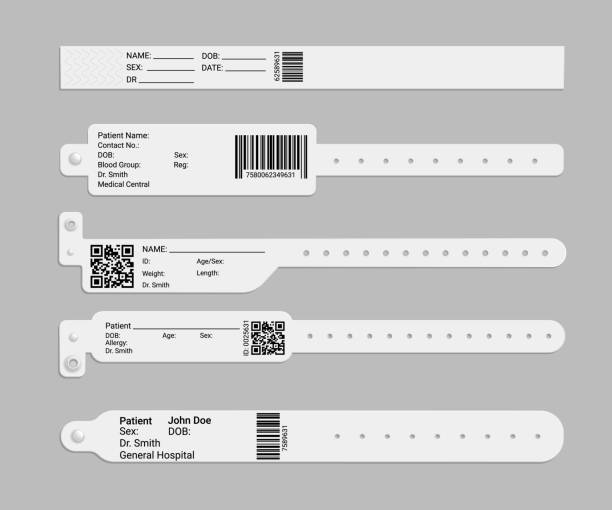Patient Identification Band: An Essential for Streamlined Medical Facility Procedures
Patient Identification Band: An Essential for Streamlined Medical Facility Procedures
Blog Article
Enhancing Safety: The Significance of Individual Recognition Bands in Medical Care
In the realm of medical care, the efficacy of client recognition bands can not be overemphasized, as they act as a basic protect against misidentification and subsequent errors. These bands, commonly overlooked, include critical information that is crucial for making certain client safety and security and optimal therapy results. Nonetheless, the execution of reliable identification procedures presents a number of obstacles that doctor should browse. As we explore the multifaceted role of these bands, it becomes obvious that their significance expands beyond plain recognition, raising inquiries regarding finest methods and future advancements in client safety.
Summary of Patient Recognition Bands
Individual identification bands play an essential role in making sure the safety and precision of person treatment in healthcare setups. These bands, commonly endured the wrist or ankle joint, serve as an important tool for verifying client identification, therefore decreasing the risk of errors in therapy, drug administration, and various other healthcare procedures. Made from sturdy materials, patient identification bands often consist of vital information such as the individual's name, date of birth, medical document number, and barcodes or QR codes for scanning.
The execution of client recognition bands is vital in different healthcare atmospheres, including health centers, outpatient facilities, and long-lasting treatment institutions. They add to a systematic strategy in person management, allowing health care specialists to quickly and precisely determine patients, particularly in high-pressure circumstances where speedy decision-making is important.
In addition, making use of these bands is aligned with regulative criteria focused on boosting patient safety - Patient Identification Band. By making certain that each patient's info is easily verifiable and easily available, doctor can maintain a high criterion of treatment, lower the incidence of negative occasions, and cultivate a culture of safety within health care institutions
Benefits of Accurate Recognition
Accurate identification is essential to improving person safety and security and care quality in health care settings. It functions as the first line of defense versus mistakes that could result in negative person outcomes. By guaranteeing that each individual is correctly recognized via reputable methods, such as patient recognition bands, healthcare carriers can substantially minimize the risk of misidentification, which can lead to improper therapies, medicine errors, and even surgical mix-ups.
Moreover, exact patient recognition assists in efficient interaction among healthcare teams. When all personnel members can continually identify clients, they can share crucial information a lot more successfully, causing better control of care. This is specifically vital in emergency circumstances where timely treatments are critical.
Furthermore, precise identification sustains conformity with regulatory standards, therefore lowering the risk of legal consequences for healthcare centers. It promotes trust in between individuals and doctor, as clients feel extra safe knowing that their identifications are being guarded.

Common Obstacles Encountered
Making certain efficient person recognition in medical care settings presents a series of obstacles that can compromise safety and care quality. One substantial difficulty is the irregularity in client populaces. Clients may get here in a state of confusion or distress, making precise recognition hard. In addition, language barriers can prevent efficient communication, making complex the confirmation process.
An additional challenge is the dependence on human aspects in identification treatments. Healthcare specialists may unintentionally forget or misunderstand identification procedures, specifically in high-stress settings such as emergency situation departments. This can cause mistakes, including the administration of inaccurate therapies or medications.
Technical concerns also present challenges. Although digital health record (EHR) systems are made to streamline individual recognition, system failures or customer errors can interrupt the process. Additionally, the physical style of person ID bands can lead to readability issues, specifically in instances where bands are damaged or covered.
Finally, irregular training among staff concerning identification methods can cause voids in expertise and technique. Addressing these challenges is crucial for enhancing client safety and making sure that identification bands serve their intended objective efficiently.
Ideal Practices for Application
To effectively apply client recognition bands in health care settings, organizations must take on a diverse technique that prioritizes standardization, modern technology, and training combination. Standardization involves establishing clear methods for the design, application, and use of recognition bands throughout all divisions. This makes sure consistency and lessens the risk of mistakes connected to variations in band kinds or labeling methods.
)

Training is crucial for all health care staff to guarantee they comprehend the importance of precise patient identification, just how to appropriately use and read recognition bands, and the procedures to comply with in case of discrepancies. Normal workshops and correspondence course can reinforce this expertise and promote a culture of security.
Technology assimilation plays an essential role in boosting the performance of client identification bands. Making use of barcode scanning or RFID modern technology can enhance the identification process, allowing for real-time verification of patient identifications. Furthermore, digital health and wellness record systems must be configured to consist of alerts for mismatches in between the identification band and individual information.
Future Trends in Client Safety And Security
As medical care remains to develop, the focus on patient security is most likely to escalate, driven by improvements in technology and a greater understanding of systemic risks. Arising trends suggest a change in the direction of more integrated systems that utilize information analytics, man-made knowledge, and equipment understanding to improve individual recognition processes. These innovations can assist determine possible safety issues before they escalate, consequently reducing errors connected with misidentification.
Furthermore, the execution of blockchain technology may reinvent just how patient data is site web safely shared among doctor, making sure that recognition bands are regularly precise and updated. This will certainly not just boost patient safety however likewise like it promote smooth interaction across multidisciplinary teams.

Furthermore, the growing concentrate on tailored medication is expected to affect individual safety and security procedures. By incorporating market and genetic info right into identification systems, medical care specialists can customize treatments better, minimizing the dangers of damaging reactions due to misidentification.
Conclusion
In verdict, client identification bands serve as a crucial part in enhancing security within health care environments. Inevitably, the ongoing focus on robust identification procedures will contribute to improved client outcomes and overall safety and security in health care setups.
In the realm of medical care, the effectiveness of individual identification bands can not be overstated, as they offer as a fundamental safeguard versus misidentification and succeeding mistakes.Individual identification bands play an essential role in guaranteeing the safety and security and accuracy of person care in health care settings. Made from long lasting materials, person recognition bands typically consist of essential information such as the client's name, day of birth, clinical record number, and barcodes or QR codes for scanning.
By ensuring that each patient is properly determined with trustworthy ways, such as client identification bands, medical care carriers can significantly reduce the risk Find Out More of misidentification, which can lead to unacceptable treatments, medicine errors, and even medical mix-ups.
In conclusion, person identification bands offer as an important component in boosting security within medical care environments. Patient Identification Band.
Report this page